|
John Tyman's Cultures in Context Series AFRICAN HABITATS : FOREST, GRASSLAND AND SLUM Studies of the Maasai, the Luhya, and Nairobi's Urban Fringe |
|
|
|
|
|
John Tyman's Cultures in Context Series AFRICAN HABITATS : FOREST, GRASSLAND AND SLUM Studies of the Maasai, the Luhya, and Nairobi's Urban Fringe |
|
|
|
|
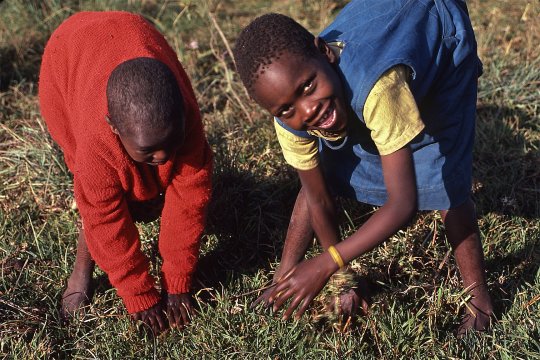 |
| 441. The children then cleaned their hands, by wiping them in the grass, and set off for school. It took them two hours to get there |
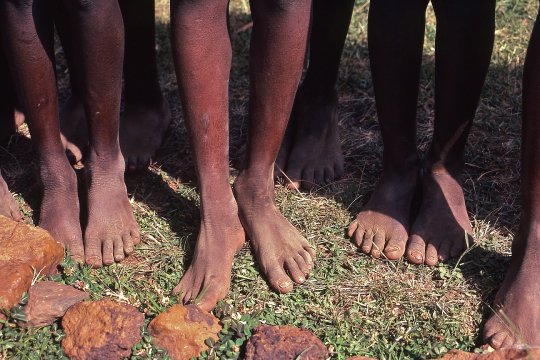 |
| 442. They walked over rocky country infested with snakes, and through bush that was home to a leopard and some buffalo. And, like most kids there, they walked barefoot, since they did not own shoes. |
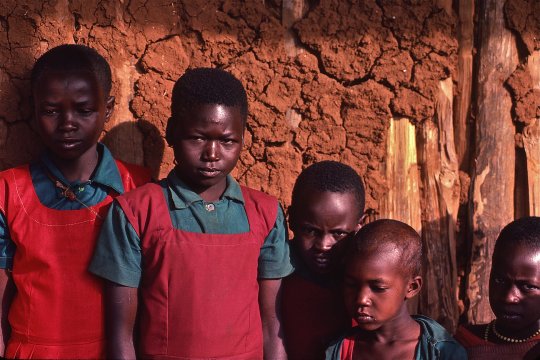 |
| 444. The school was built by the parents, and they clearly had little cow dung to spare ... for the clay is falling out of the cracks. |
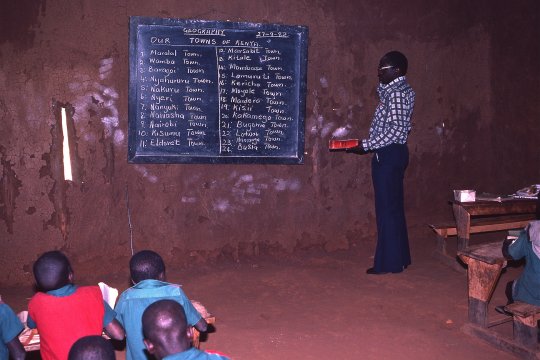 |
| 447. There was little equipment: no charts; no TV; no whiteboard: just a blackboard and a few books. Yet the children still considered themselves fortunate to be there. |
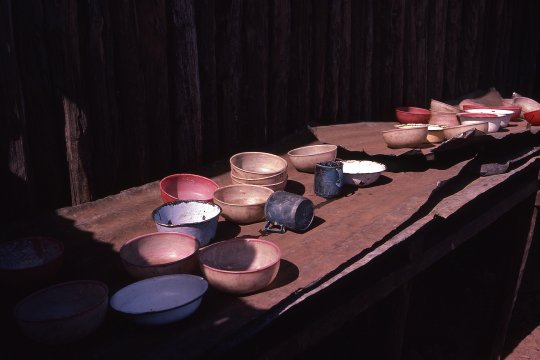 |
| 448. There was a small dormitory for children whose parents had moved with their cattle to distant pastures. And there was a kitchen to feed them. |
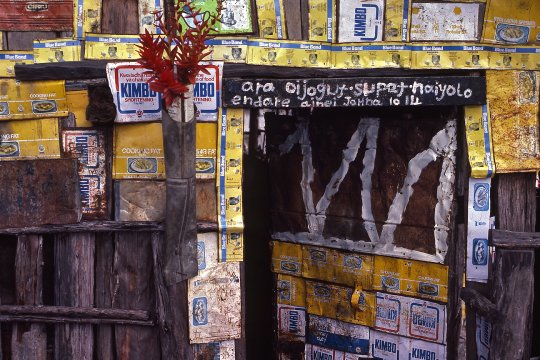 |
| 453. These were flattened out and attached to a wooden frame with $4 worth of nails. The sign over the door cites John chapter 10, verse 14 where Jesus declares: “I am the Good Shepherd”. |
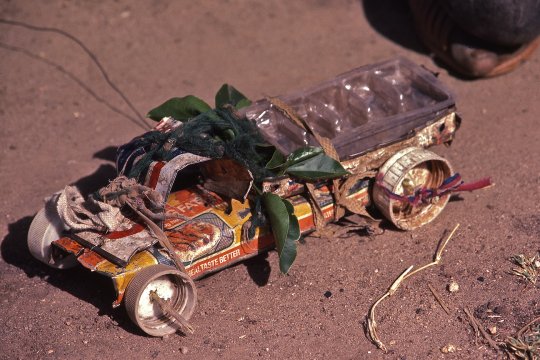 |
| 455. Children, too, learn at an early age to improvise. This toy truck was made from plastic packaging and tin cans, both salvaged from a white man’s garbage bin. |

![]()
Text, photos and recordings
by John Tyman
Intended for Educational Use
Only.
Contact Dr. John Tyman at johntyman2@gmail.com
for more information regarding
licensing.
![]()
www.hillmanweb.com
Photo processing, Web page layout,
formatting and hosting by
William
Hillman ~ Brandon, Manitoba ~ Canada